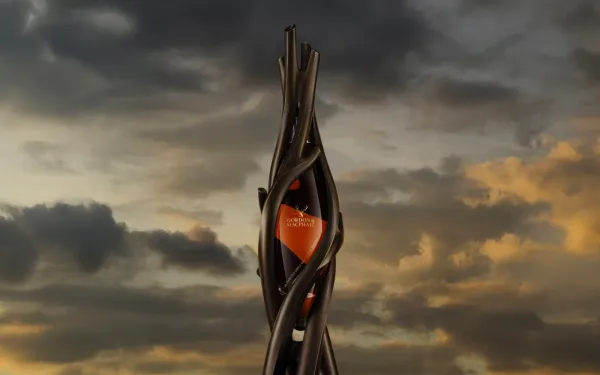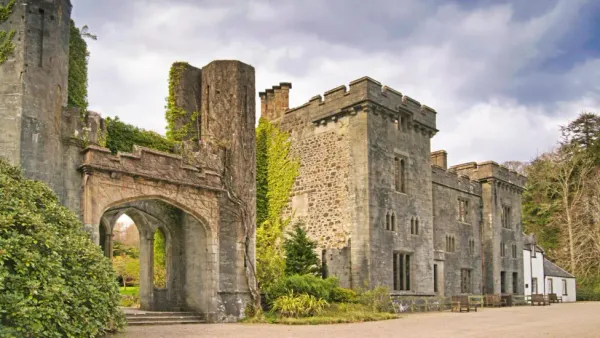The Spirit of Clanship: A Manifesto

With the launch of The Thistle, we begin a new publication dedicated to exploring and renewing the living spirit of Scottish clanship. Our inaugural piece sets out this vision.
In every age, certain forces endure. They endure not because they are enshrined in law or office, but because they are carried in people — in their loyalties, in their memory and in the bonds that tie communities together. Scottish clanship is one such force: more than lineage or tradition, it is a grammar of relation — a way of understanding oneself in relation to others, to place and to the stories that draw the past to the present.
Though ancient in origin, clanship is no relic. It survives because each generation finds in it something worth carrying forwards — a living inheritance that adapts to the exigencies of the age. Across centuries and oceans, it has made kin of the scattered: a shared name and a tether to particular places give a sense of rooted identity. The stories and myths that accompany them weave a common narrative and nurture a sense of belonging.
Cultural and social in its expression, clanship has also always been practical too — a system of mutual aid, of exchange and of protection that transforms loose affinity into durable community. Many imagine belonging as something that passively follows from birth or soil; clanship shows that it is instead built, enacted and renewed through participation, loyalty and shared responsibility. This is why clanship endures: it produces allegiance rather than waits for it.
The Thistle exists to awaken, illuminate and guide this force. Our mission is not to preserve clanship in amber, nor to parade it as a mere curiosity to be gazed upon by crowds of amused observers. We seek instead to recognise and renew it as a living network: of people, of ideas, of voices and visions — capable of shaping culture, sustaining community and influencing generations yet to come.
Clanship is not the past alone; it is a fabric of the present. It gives identity to millions across the world, offering a belonging that transcends divides. It nurtures traditions, storytelling and shared memory, yet invites reinvention, ensuring that what is lived remains vital. It is a source of prosperity, shaping commerce, sustaining crafts, fostering philanthropy and drawing travellers to the places where heritage is lived. And it exerts a quiet but enduring influence — a sovereignty of the spirit, exercised not over lands, but over hearts, loyalties and imaginations.
We believe in celebrating tradition, but not in being bound by it. The value of clanship lies not only in what was once held, but in what it may yet create. Its story is not finished. Clanship belongs to the chiefs, chieftains and clansfolk who carry it forwards and, through them, it touches societies, engages scholars, reaches the diaspora and invites the curious to witness and step into its folds. It is at once legacy and invention, inheritance and task. Those who understand how to harness its bonds wield a power that endures across generations.
The Thistle is not merely a newspaper; it is a forum for the revival of clanship as a living institution. Here we will publish analysis, stories and perspectives that illuminate the past, interpret the present and shape the future. We aim to convene people and communities — scholars, leaders, international networks and curious minds alike - to understand and cultivate the enduring spirit of clanship.
Our ambition is nothing less than to redefine what it means to belong, to create, to exercise influence and to honour heritage in our time. Clanship is not a memory to be admired, but a spirit to be lived: a network of kinship, a force of culture, a source of strength. It is a sovereign idea for our times.
We begin here, in the pages of The Thistle, with the conviction that the past is a guide, but the future is ours to shape.





